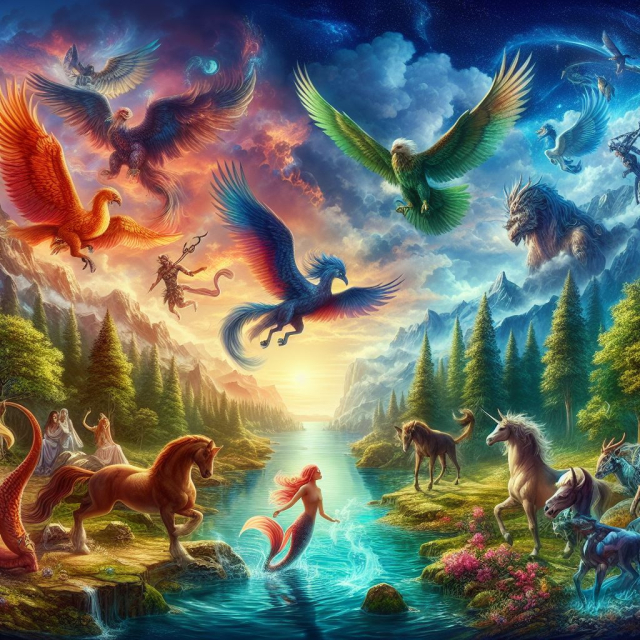Mythological creatures, with their mystical forms and intriguing stories, have been part of the folklore and tradition of various cultures around the world. From the depths of the sea to the peaks of the mountains, these fascinating creatures have starred in countless legends and stories that have endured over time. In this article, we will explore in more detail some of the most well-known and captivating mythological creatures, as well as their roles and meanings in the various cultures where they appear.
The Dragon: Majestic and terrifying.
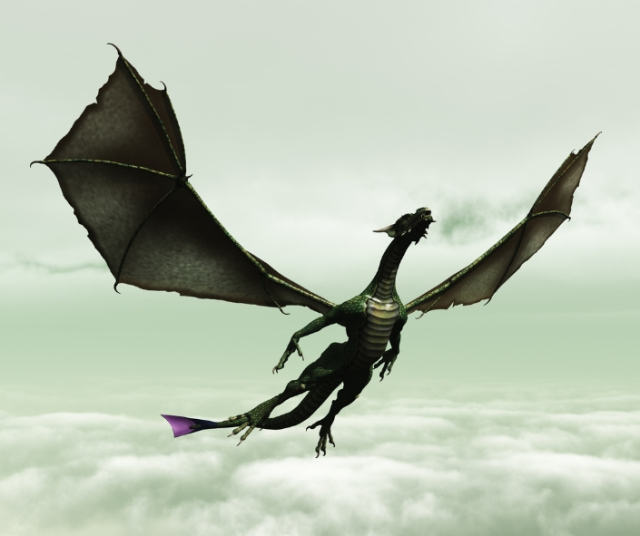
The dragon is one of the most iconic and versatile creatures in world mythology. It appears in numerous cultures, from Chinese and European mythology to that of the Middle East and America. Its depiction varies widely depending on culture, but it is generally described as a reptilian beast with wings, claws, and fire breath. In Western mythology, dragons are often seen as symbols of evil and destruction, lurking in dark caves and confronting brave knights seeking adventure. On the other hand, in Eastern mythology, dragons are considered benevolent and divine beings, associated with prosperity, power and wisdom. These mystical creatures have inspired numerous stories, from the epic of Saint George and the Dragon to the legend of the serpent Jörmungandr in Norse mythology.
The Phoenix: Rebirth and renewal.
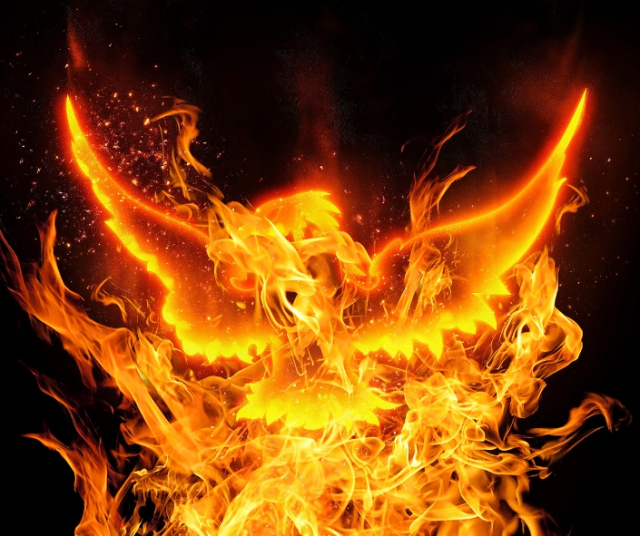
The phoenix is a legendary creature that has captured the imagination of people around the world for centuries. It is described as a majestic bird with red and gold plumage, capable of being reborn from its own ashes after dying in a flare of fire. This capacity for regeneration makes it a symbol of renewal and resurgence in many cultures, associated with the idea of immortality and eternity. In Egyptian mythology, the phoenix was known as Bennu and was associated with the sun god, Ra, while in Greek mythology it was revered as a divine creature that represented hope and resilience. The myth of the phoenix has inspired numerous works of art and literature throughout history, being an enduring symbol of hope and transformation.
The Unicorn: Symbol of purity and beauty.
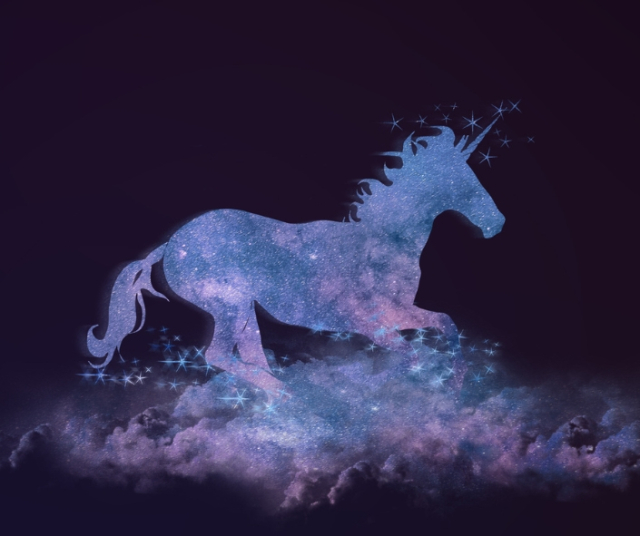
The unicorn is a magical creature that has captured the imagination of people of all ages for centuries. He is described as a white horse with a single spiral horn on its forehead, a symbol of purity and grace. In Western mythology, the unicorn is considered a divine being, associated with goodness, innocence and beauty. Its magical horn is believed to have healing and protective powers. Throughout history, the unicorn has been depicted in numerous works of art and literature, from medieval bestiaries to contemporary fantasy films. Her image has endured as an enduring symbol of purity and magic in the popular imagination.
The Minotaur: The beast of the labyrinth.
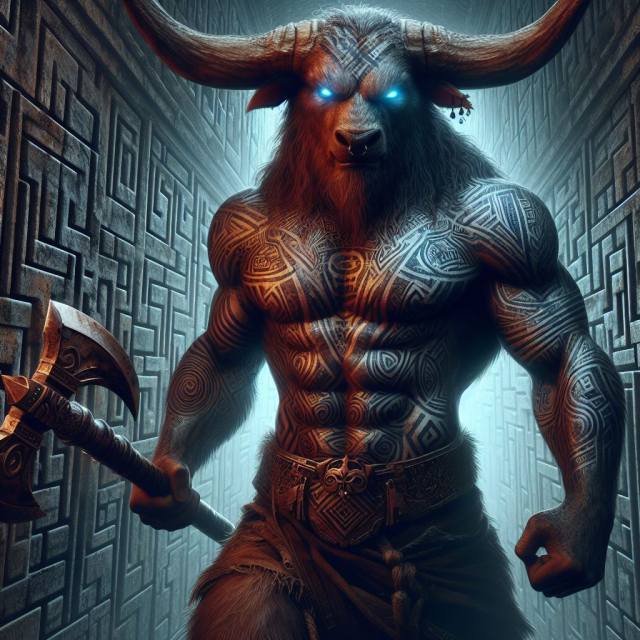
The Minotaur is a mythological creature that appears in Greek mythology, protagonist of the famous legend of the labyrinth of King Minos in Crete. He is described as a creature with the body of a man and the head of a bull, born from the union of Queen Pasiphae with a divine bull as punishment for her husband's offense towards the gods. Locked in a labyrinth built by the ingenuity of the architect Daedalus, the Minotaur is known for its ferocity and voracity, being fed with young Athenians sent as tribute. The legend of the Minotaur has inspired numerous works of art and literature throughout history, being an enduring symbol of the struggle between humanity and dark forces.
The Mermaid: Charm and danger at sea.
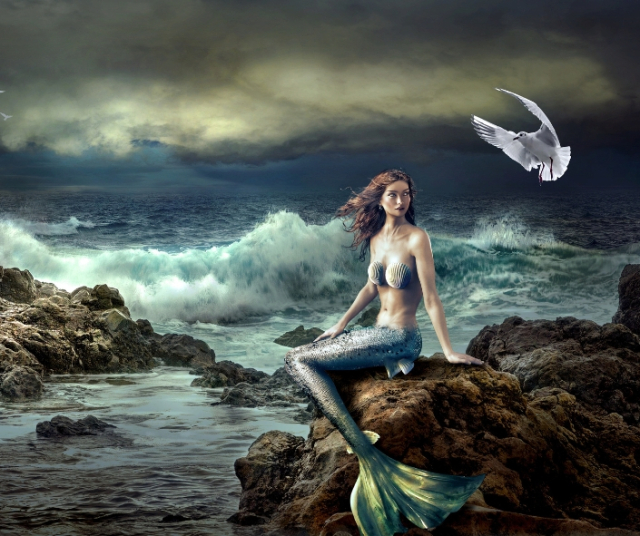
The mermaid is a mythological creature that combines the beauty of a woman with the tail of a fish, an inhabitant of the depths of the ocean. She is credited with the ability to seduce sailors with her hypnotic song and supernatural beauty, leading them to their doom in the deep waters. In Greek mythology, sirens were known as dangerous creatures that lurked on coastal rocks, luring sailors to their deaths with their melodious songs. However, they were also represented as muses of music and poetry, symbolizing the duality between temptation and danger. Throughout history, mermaids have been a source of inspiration for artists and writers, being an enduring symbol of the fascination and mystery of the sea.
The Kraken: The beast from the depths.
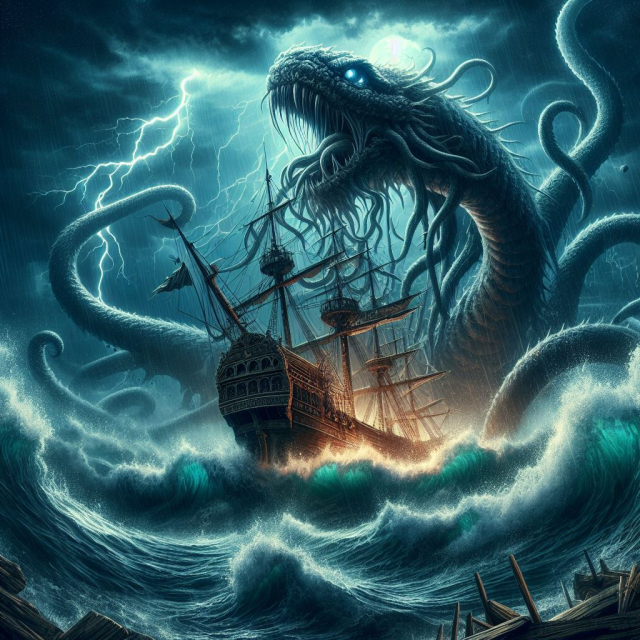
The Kraken is a legendary deep-sea creature, described as a massive sea monster with long, powerful tentacles. In Norse mythology, the Kraken lurks in the depths of the ocean, capable of sinking ships and devouring their crews with ease. Its mere presence is considered an omen of disaster and calamity for sailors. Although its existence remains a mystery, the Kraken has inspired numerous stories and works of fiction over the centuries, being a symbol of the immensity and mystery of the oceans.
These are just a few of the many mythological creatures that have captured the imagination of people throughout history. From dragons and phoenixes to unicorns and mermaids, these fascinating figures continue to inspire stories, artwork and films today, reminding us of the richness and diversity of mythological traditions from around the world.
